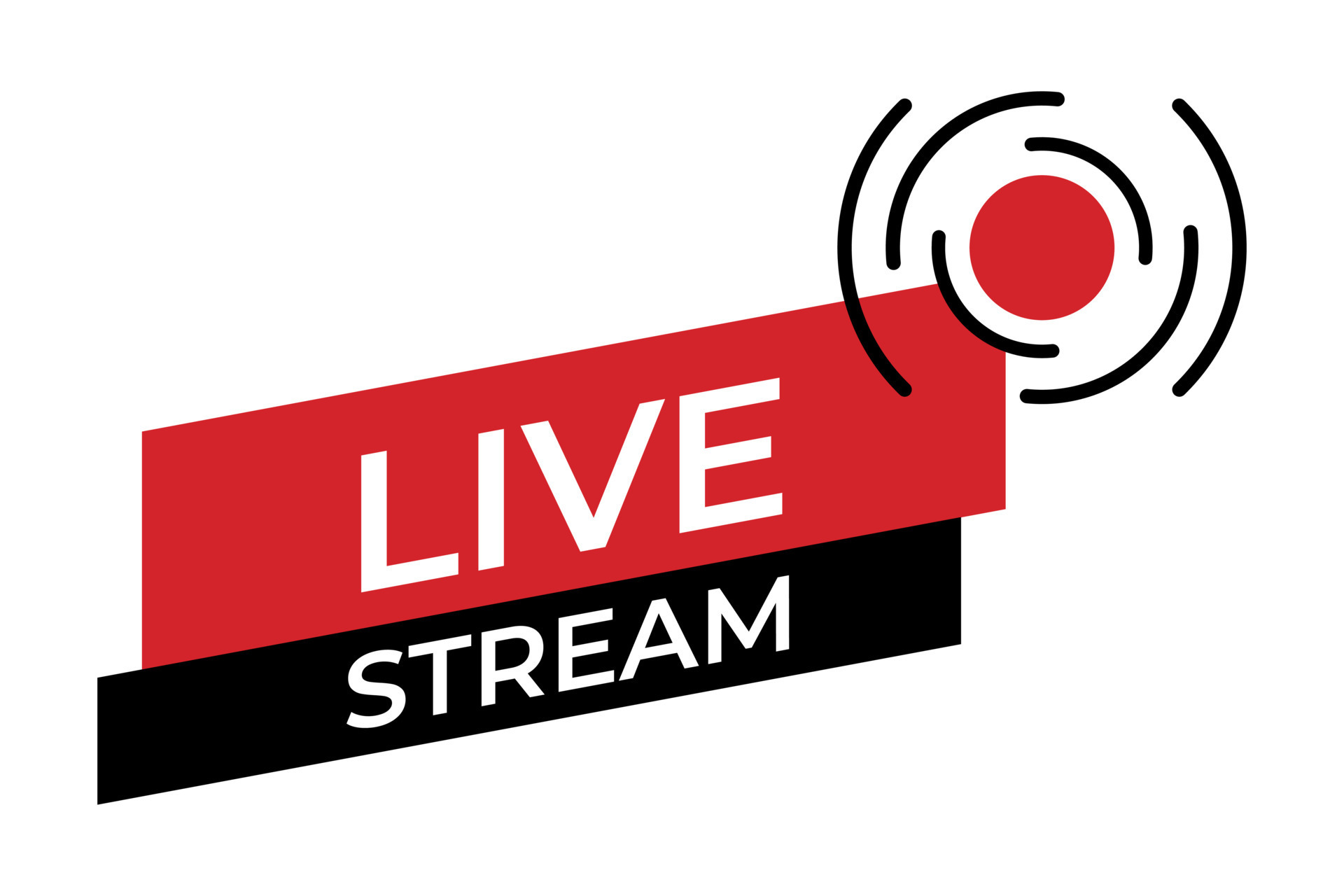Back on a particular summer day, many years ago, something truly special happened, something that brought people together across continents with a shared purpose. It was a moment when the power of music, you know, really showed what it could do, creating a bond among countless individuals all around the planet. This event, so it's almost a legend now, was designed to help those facing very difficult times, particularly in a faraway land that needed a helping hand.
This particular occasion, which took place on July 13, 1985, was not just a concert; it was a huge, shared experience that unfolded in two major cities at the very same time. One part of it happened in London, at Wembley Stadium, and the other, across the ocean, in Philadelphia, at JFK Stadium. It was, in a way, a demonstration of how people, when they come together, can make a difference, reaching out to support others who are struggling.
The whole idea behind this immense undertaking was to collect money for people experiencing a terrible famine in Ethiopia. It was a very simple, yet powerful, goal. Millions of people watched, listened, and, in some respects, felt a part of this collective effort, making it a truly memorable day in the history of global kindness and artistic expression.
- Ariana Grande And Family
- Insidious Movie
- Kelly Osbourne Weight Loss
- Mahomes Trump
- Kathy Bates Weight Loss
Table of Contents
- The Big Idea Behind Live Aid
- Who Brought Live Aid to Life?
- What Happened on that Special Live Aid Day?
- How Did Live Aid Reach So Many People?
- Was Live Aid Just About Music?
- The Queen's Live Aid Performance - Why is it Remembered?
- Live Aid - A Moment in Time, What Does it Mean Now?
- The Lasting Impression of Live Aid
The Big Idea Behind Live Aid
The whole thought process behind Live Aid was, basically, a response to a pressing need. It wasn't just about putting on a show; it was about gathering financial support for those who were suffering from famine in Ethiopia. This charitable concert, held on July 13, 1985, was imagined as a way for the music community, and really, people everywhere, to express a deep concern for others. It aimed to bring a lot of money together to help with the relief efforts, making a real impact on a very difficult situation. It was, you know, a moment where compassion took center stage, showing what could be done when people acted with a shared purpose.
This event, in a way, stood as a clear demonstration of how music, and the people who make it, could come together for something bigger than themselves. It was meant to be a way to show a collective feeling of human kindness, channeling the energy of rock music into a powerful force for good. The goal was quite simple: collect as much money as possible to send to those who needed it most, providing comfort and assistance where it was desperately required. So, it was a very direct and heartfelt response to a global challenge, trying to make things better for a great many people.
Who Brought Live Aid to Life?
The concept for Live Aid, this grand charitable undertaking, was brought to life by two individuals with a vision: Bob Geldof and Midge Ure. These two people put in a lot of effort to organize the event, making sure all the pieces came together for such a large-scale project. They wanted to create a way to collect more funds for the cause, building on earlier efforts to help those in need. It was their drive, really, that set the wheels in motion for what would become a truly historic day in music and giving.
- Zendaya Tom Holland
- Cast Of The Movie This Is The End
- Aaron Pierre Wife
- Anne Marie Angélil
- And Cole Sprouse
Bob Geldof, an Irish rocker, was a key figure in getting this worldwide rock concert off the ground. He was the one, apparently, who pushed to make this huge gathering a reality, with the simple goal of raising money for the African famine. His commitment, and that of Midge Ure, helped to shape the entire experience, ensuring that the message of help and human kindness was spread far and wide. It was, in some respects, a testament to what a few determined people can achieve when they set their minds to a very important task.
What Happened on that Special Live Aid Day?
On July 13, 1985, the day of Live Aid arrived, bringing with it a sense of collective excitement and purpose. The concert took place at the same time in two very famous places: Wembley Stadium in London and JFK Stadium in Philadelphia. This meant that, you know, people on different continents could experience the event together, even if they were miles apart. It was a day filled with music, hope, and a shared desire to help others.
At the London venue, a special moment happened right at the start. Prince Charles and Princess Diana, who were very well-known figures, officially opened the proceedings. This gave the event a certain kind of importance, showing that it was a truly significant occasion. The whole day was, basically, a worldwide rock concert, put together to gather money for those who were in great need, particularly for famine relief. It was a day where music acted as a bridge, connecting people from all walks of life for a common, good purpose.
How Did Live Aid Reach So Many People?
The reach of Live Aid was, honestly, quite astonishing for its time. The concert, which happened on July 13, 1985, was seen by an estimated 1.5 billion people. That's a truly massive number of viewers, making it one of the most widely watched events of its kind. Later reports even suggested the global audience was closer to 1.9 billion people, which is just, you know, an incredible amount of individuals tuning in. This wide viewership meant that the message of support for Ethiopian famine relief spread to nearly every corner of the planet, touching many hearts.
This immense reach was a key part of the event's success. By being broadcast to such a vast number of households, Live Aid was able to gather a significant amount of money and attention for the cause it supported. It was a demonstration of how, with the right planning and a powerful message, a single event could bring together a huge portion of the world's population. The sheer scale of its audience, in some respects, made it a unique moment in media history, showing the collective power of television and radio to connect people globally.
Was Live Aid Just About Music?
While Live Aid was, without a doubt, a massive pop concert featuring many famous music makers, its core purpose went far beyond just the performances. It was, essentially, an expression of the rock community's deep concern for people who were experiencing starvation in Ethiopia. The music was a vehicle, you know, a way to draw attention and gather resources for a very serious human problem. It took place in 1985, and it quickly became known as the largest rock concert that had ever been put on, but its true significance lay in its charitable aim.
The event, held on a Saturday, July 13, 1985, is remembered not just for the songs played, but for its role as a powerful symbol of human kindness and the ability of music to inspire collective action. It aimed to bring about real change for those suffering, showing that entertainment could be used for a greater good. So, while the sounds and sights were certainly a big part of it, the underlying reason for Live Aid was, basically, a humanitarian one, trying to make a difference for people in desperate need.
The Queen's Live Aid Performance - Why is it Remembered?
Among the many memorable acts that took the stage at Live Aid, Queen's performance is, truly, something that stands out in people's minds. On July 13, 1985, at the global benefit concert held at London's Wembley Stadium, Queen delivered what many people consider to be the greatest live rock performance of all time. It was a moment of pure energy and connection with the crowd, leaving a lasting impression on everyone who watched, either there in person or from afar. This particular set, you know, showed the band at the peak of their abilities, captivating millions.
The reason this performance is so widely talked about and celebrated is because of the sheer force and presence that Queen, particularly their lead singer, brought to the stage. They managed to connect with an audience of hundreds of thousands in the stadium and billions watching around the world, creating a feeling of shared excitement and unity. It was, arguably, a masterclass in how to command a huge stage and make every person feel like they were a part of something special. This moment, basically, cemented Queen's place in music history, showing the incredible impact a single performance can have.
Live Aid - A Moment in Time, What Does it Mean Now?
Live Aid, the historic charitable concert held on Saturday, July 13, 1985, continues to be a very important event when we look back at the past. It stands as a clear example of the immense power that music holds and the deep human desire to show compassion for others. The way it was put together by Bob Geldof and Midge Ure, with its clear goal of helping those in need, really set a standard for large-scale benefit events. It was, in a way, a turning point for how global aid efforts could be supported through popular culture, showing a path forward for future endeavors.
Even after many years, the memory of Live Aid still has a strong presence. It reminds us of a time when people from all walks of life, including royalty like Prince Charles and Princess Diana who kicked off the event 30 years ago, came together for a single, good cause. The concert, organized by Irish rocker Bob Geldof, aimed to raise money for the African famine, and its impact resonated far beyond the day itself. It showed, quite simply, what could be achieved when people united for a common, humanitarian purpose, leaving a legacy of giving and shared concern.
The Lasting Impression of Live Aid
The impression left by Live Aid is, in many ways, a lasting one, continuing to influence how we think about global giving and the role of popular culture in addressing serious issues. It was a moment when the world, more or less, paused to watch and contribute to a cause that truly mattered. The sheer scale of the event, its global reach, and the heartfelt performances all contributed to a feeling that something truly significant was taking place. It showed that, with enough collective will, people could come together to tackle immense challenges, even those as overwhelming as famine.
The spirit of Live Aid, that feeling of shared responsibility and collective action, has, you know, arguably continued to inspire other charitable efforts since. It demonstrated that music, with its ability to cross borders and connect with people on an emotional level, could be a powerful tool for social good. The event remains a strong reminder of that particular day in 1985, when so many individuals, from the performers on stage to the viewers at home, joined hands, in a way, to offer a helping hand to those who were suffering. It was, basically, a day that proved the immense power of human kindness and the universal language of music.


